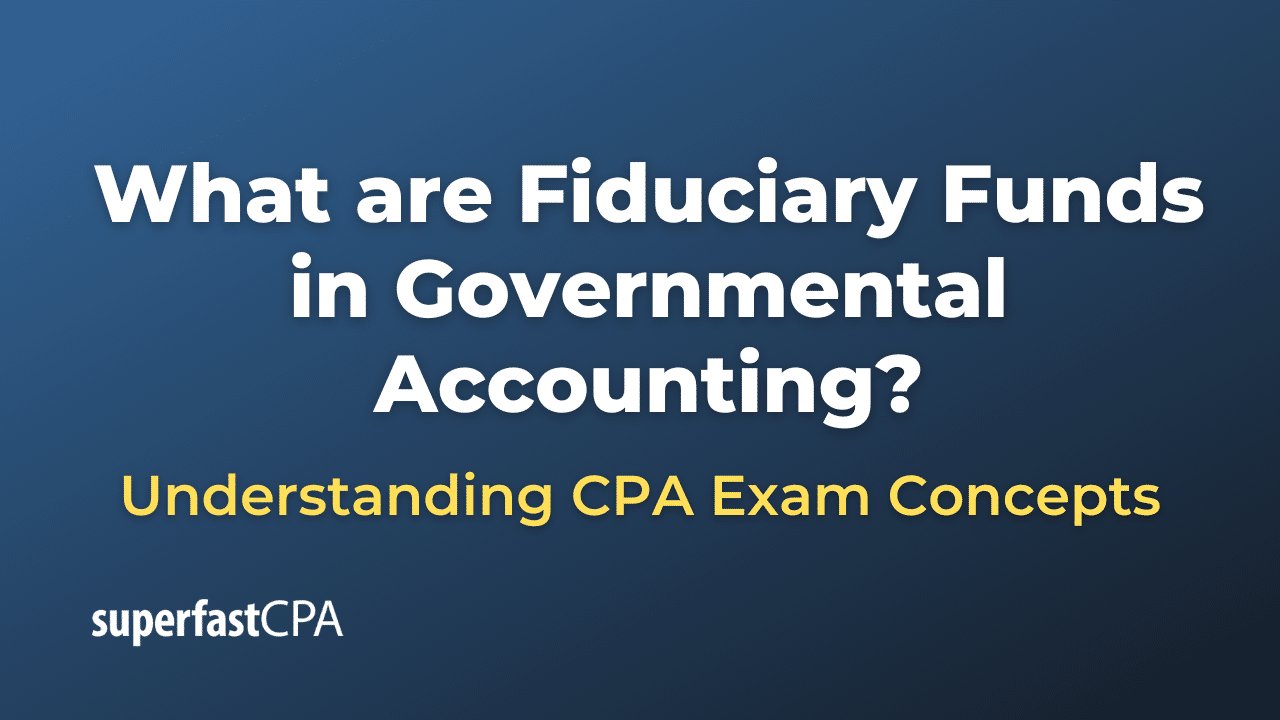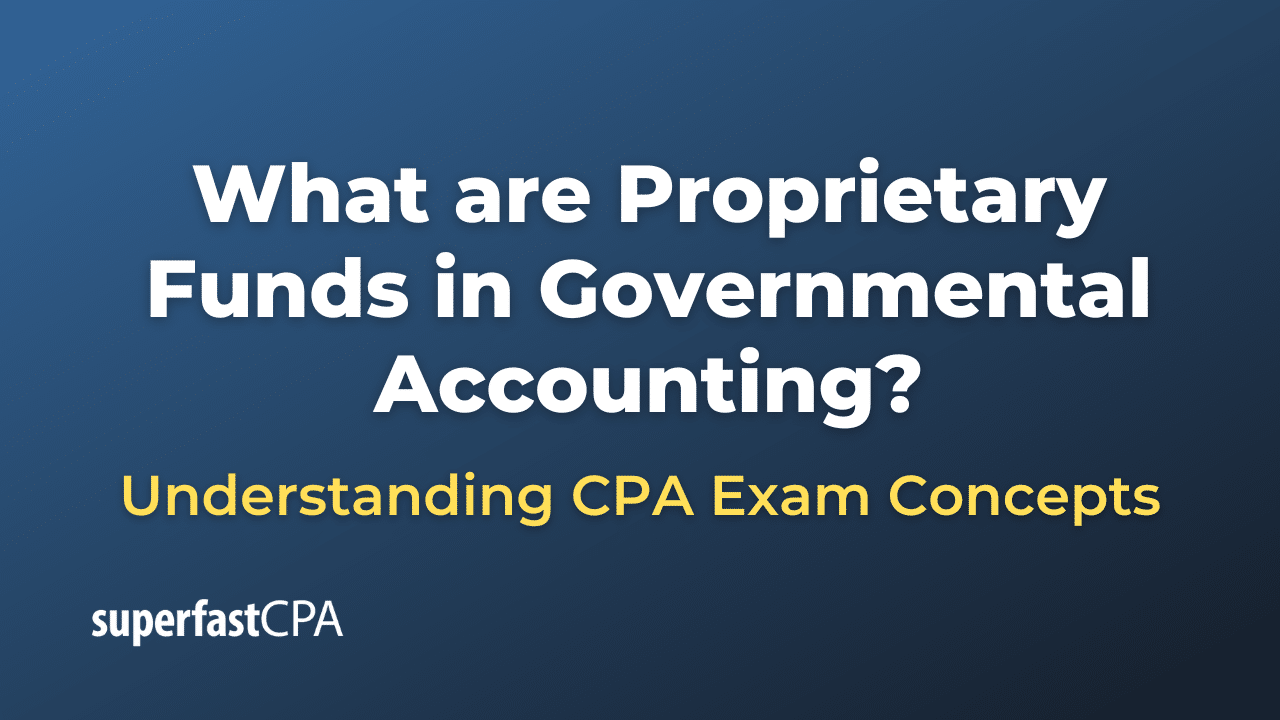Wasting Asset
A “wasting asset” refers to an asset that has a limited useful life and is likely to decrease in value over time. The term is often used in the context of natural resources like oil, gas, and mineral reserves, but it can also apply to other assets like machinery, equipment, and even certain financial instruments such as options.
Characteristics of Wasting Assets:
- Limited Lifespan: Wasting assets have a finite period during which they can produce economic benefits.
- Decreasing Value: As a wasting asset is used or as time passes, its value generally diminishes. For instance, as an oil well depletes, the remaining oil becomes more costly to extract, reducing the well’s overall value.
- Exploitation or Consumption: Wasting assets are often consumed or exploited to generate revenue. For example, a gold mine produces income through the extraction of gold ore, which depletes the asset over time.
- Special Accounting Treatment: Due to their diminishing value, wasting assets often require depreciation or depletion methods for accounting purposes to properly reflect their value on a balance sheet.
Examples:
- Natural Resources: Oil fields, mineral reserves, and timber are examples of natural resources that are considered wasting assets. As these resources are extracted, their remaining value decreases.
- Machinery and Equipment: Certain types of machinery lose value over time due to wear and tear, technological obsolescence, or other factors.
- Leases: A lease for a fixed period can also be considered a wasting asset, as its value to the lessee diminishes as the end of the lease term approaches.
- Options and Futures: In finance, options contracts have an expiration date, after which they become worthless if not exercised. The closer an option gets to its expiration date without being in-the-money, the less it’s worth.
Financial Implications:
Understanding that an asset is a wasting asset is important for both accounting and investment decisions. For accounting purposes, a company needs to properly account for the depreciation or depletion of wasting assets to accurately represent its financial position. For investors, it’s essential to factor in the diminishing value of wasting assets when assessing an investment’s long-term viability.
Investment Strategies:
Some investment strategies specifically focus on wasting assets. For instance, some investors speculate in commodity futures, while others may focus on companies that specialize in the extraction of natural resources, taking into account the company’s ability to manage the asset’s depletion efficiently.
Understanding the characteristics and implications of wasting assets can help in making more informed financial and investment decisions.
Example of a Wasting Asset
Let’s use a fictional oil company named “PetroMax” to illustrate the concept of a wasting asset.
- Initial Asset: PetroMax owns an oil field estimated to have 10 million barrels of oil.
- Valuation: At an average market price of $60 per barrel, the total estimated value of this oil field is $600 million.
- Extraction Rate: PetroMax plans to extract 1 million barrels of oil every year, meaning the oil field has an estimated useful life of 10 years.
Financial Implications:
- Depletion: Each year, as PetroMax extracts 1 million barrels, the remaining oil—and therefore the remaining value of the oil field—decreases. This is a typical characteristic of a wasting asset.
- Accounting: PetroMax must account for the depletion of the oil field in its financial statements. If it extracts 1 million barrels in the first year, the value of the asset would be reduced by $60 million (1 million barrels x $60 per barrel).
- Profitability: While PetroMax makes revenue from selling the extracted oil, it must also account for the diminishing value of its key asset. This affects the company’s long-term profitability analysis.
- Investment Decision: Investors looking at PetroMax need to factor in how efficiently the company will manage this wasting asset. They may also look at PetroMax’s plans for acquiring new assets to replace the depleting one.
Operational Choices:
- Enhanced Recovery Techniques: PetroMax might invest in technology to increase the rate of oil extraction or to access oil that was previously uneconomical to extract. While this might extend the life of the asset, it could also increase operational costs.
- Asset Diversification: To mitigate the risk associated with the depleting oil field, PetroMax may diversify by investing in renewable energy assets or acquiring new oil fields.
- Cost Management: The company can focus on reducing the cost of extraction to maximize profits as the asset depletes.
Investor Perspective:
- Risk Assessment: An investor in PetroMax would consider the rate at which the oil field is depleting and how this depletion is being managed or offset by other assets or strategies.
- Asset Replacement: Investors would also look at how PetroMax plans to replace the wasting asset to maintain revenue streams in the future.
This example illustrates how a wasting asset like an oil field has both operational and financial implications. Understanding these can help companies manage such assets more efficiently and help investors make more informed decisions.














